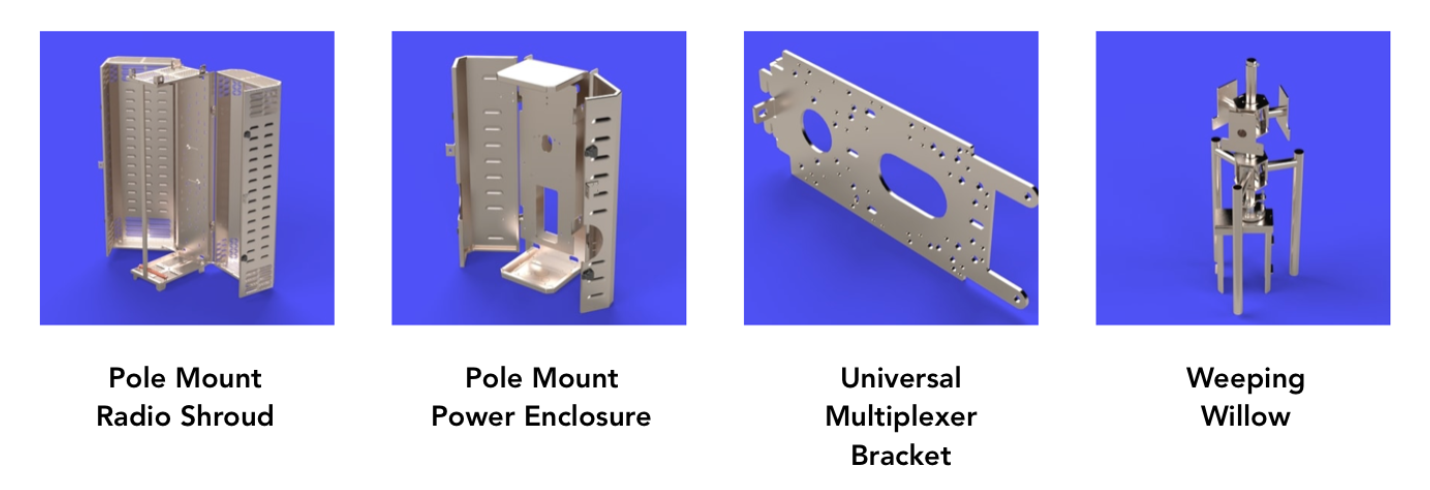
QUBE initially focused on providing equipment shrouds for better concealment of carriers’ 4G radios and related components. It quickly evolved into an entire system of products that includes poles, shrouds, underground solutions, antenna supports, and other products required to make 5G a reality. QUBE says it was the first to manufacture a multi-radio shroud with co-location capacity, hence the “MRS” in QUBE’s name (Multiple Radio System). “A neutral-host provider approached us in 2016 and asked us to develop a solution capable of co-locating two or more carriers’ radio equipment on one pole. After much experimentation and engineering, the QUBE Multi-Radio System was born,” said Kevin Garland, President of QUBE-MRS.
The promise of 5G for cities is tremendous. Smart City, IoT, and Smart Grid are but some of the applications enabled by ultra-fast wireless communications. Carriers want 5G, and the federal government is actively encouraging it, but the cost of this transformation keeps increasing as more small cells are needed.
5G must use higher bands of the radio frequency (RF) spectrum to achieve the highest data speeds. These frequencies don’t travel as far as the lower frequencies and are blocked easily by trees or walls, so more cell towers that are closer to the user are needed. Therefore, 5G requires extreme densification of the radio access network. Real 5G coverage will ultimately require the installation of an estimated 20 – 25 small cells per square mile, according to QUBE.
“The U.S. telecom industry is in the process of installing 800,000-plus small cells, and some municipalities are resisting the idea of these structures being installed in their rights-of-way,” according to Garland. Construction and installation of small cells can be disruptive to neighborhoods and the visual clutter created by additional equipment on existing poles, or additional poles often result in resident opposition.
“Municipal leaders must find a way to embrace this technology; they cannot afford to resist it,” says Garland.
This is where QUBE solutions can “save the day.” Through proper coordination and planning, these tangible and intangible costs may be minimized. QUBE delivers unique small cell solutions that combine the radios of up to four carriers into one site, reducing engineering, permitting, construction, installation, and visual clutter. Tower companies, and other neutral-host providers, can co-locate multiple carriers on one pole. QUBE also offers a complete line of carrier 5G pole solutions using its unique “Mother Top” pole-top mounting system as well as products to attach to existing poles.
“Everyone wins with co-location,” Garland said. Encouraging wireless companies to co-locate their small cells on common infrastructure can drastically reduce multiple construction projects, eliminate the visual clutter of redundant single-carrier poles being installed, and make the entire deployment process less intrusive and disruptive to its citizens and businesses. For more information, visit http://qube-mrs.com.




Reader Interactions